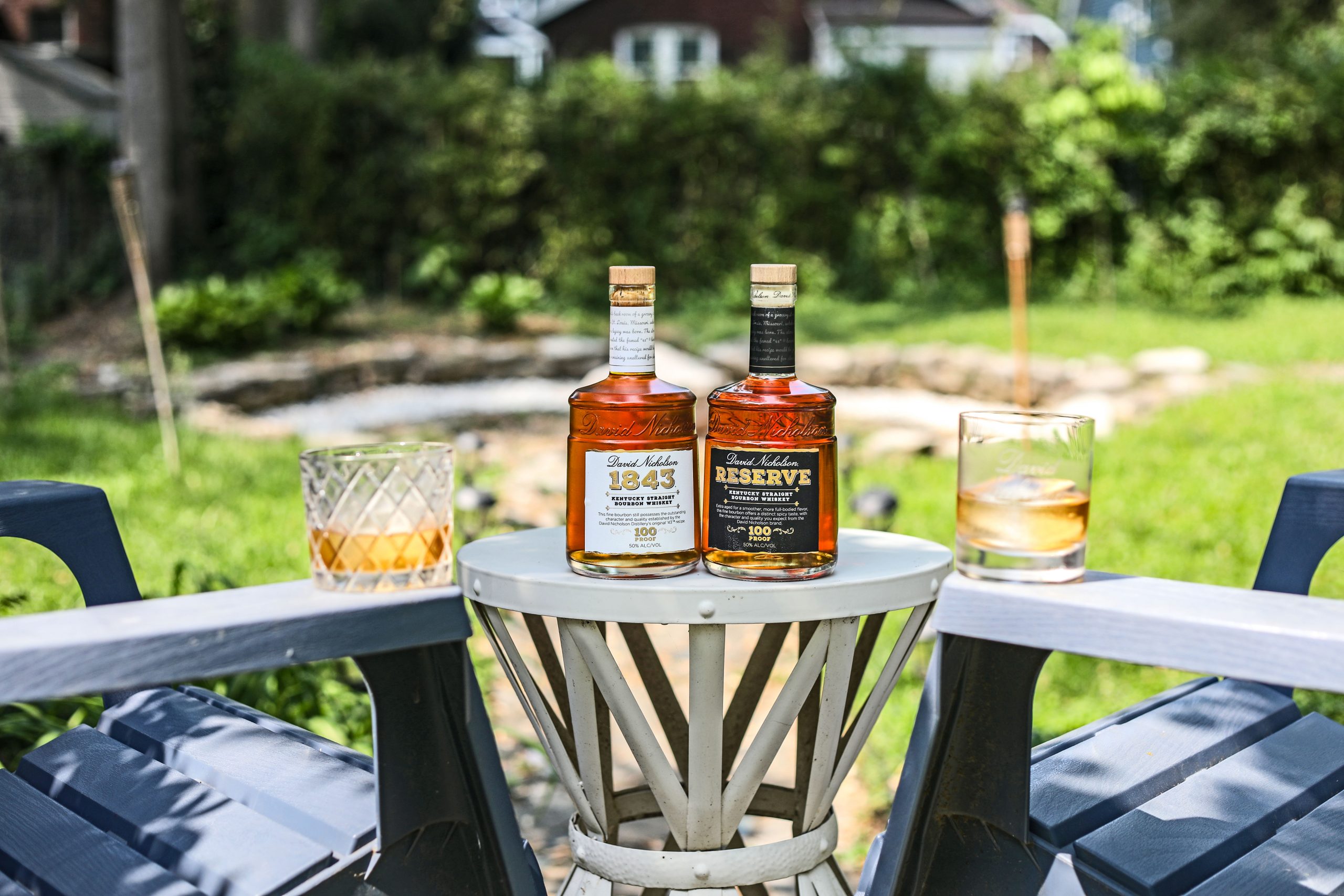
There are a few things about bourbon that we don’t need to tell you: it’s delicious and the best spirit in the world (okay, we might be biased about that last one). However, as much as you already know about how incredible it is to drink bourbon, learning the ‘ABCs’ of this beloved libation can make the experience even better.
So, what makes bourbon, bourbon? How is it made? What’s the difference between bourbon and whiskey? Read on to learn everything you need to know to extend your knowledge beyond the glass:
A is for American: That’s right — for something to be considered bourbon, it must be made here in the good ol’ U. S. of A. There’s a common misconception that bourbon must also be made in Kentucky (and 90% of it is), but that’s actually not the case.
B is for Barrels: Another thing that distinguishes bourbon from other whiskey is the barrels in which it’s aged. Distillers must use new, charred American oak barrels for aging bourbon, which also contributes to the spirit’s distinct (and delicious) flavor.
C is for Corn: Bourbon must be made from at least 51% corn. The rest of the mashbill can be made up of a ratio of grains of the distiller’s choosing. For example, David Nicholson Reserve features a higher percentage of rye, which makes it a ‘ryed bourbon,’ while David Nicholson 1843 features more wheat in the mashbill.
D is for Distillation (and David Nicholson): Bourbon must be distilled to no more than 160 proof. David Nicholson himself began distilling bourbon nearly two centuries ago in the back room of his St. Louis grocery store. Today, his bourbons are both distilled to a perfectly balanced 100-proof.
E is for Entry Proof: In order for bourbon to be bourbon, it must enter the barrels (remember, new, charred American oak!) at no more than 125 proof.
F is for Fill Proof: This one means that bourbon can’t be bottled at less than 80 proof.
G is for Genuine: No additives are allowed when it comes to bourbon. That means no added colors, flavors, or other spirits can be in the mix. The bottle must also be labeled with the youngest whiskey in the blend if an age is stated.
Practice Your ABCs with David Nicholson 1843 and David Nicholson Reserve
Now that you know the basics let’s move on to applying your knowledge to your favorite bottles of bourbon. Of course, all of our bourbons meet the ABCs listed above, but there’s more to bourbon than just those rules — the flavors, aromas, and finishes of a bourbon are equally important to pay attention to. Let’s take a closer look:
- David Nicholson 1843: Woody and smokey on the palate, David Nicholson 1843 has notes of honey, butter, vanilla, and oak on the nose. A long, warm finish with a touch of spice completes the sipping experience.
- David Nicholson Reserve: David Nicholson Reserve is layered with woody notes on the palate. With aromas of vanilla and honey on the nose, it finishes with smooth hints of caramel, oak, and mild spice.
The Best Way to Learn is by Drinking
At the end of the day, the best way to learn about bourbon is by drinking it, so it’s time to apply your knowledge by pouring yourself a dram of David Nicholson Bourbon. Find a bottle near you, or go one step further and book a distillery tour where you’ll be able to experience the best bourbon learning opportunity out there!



